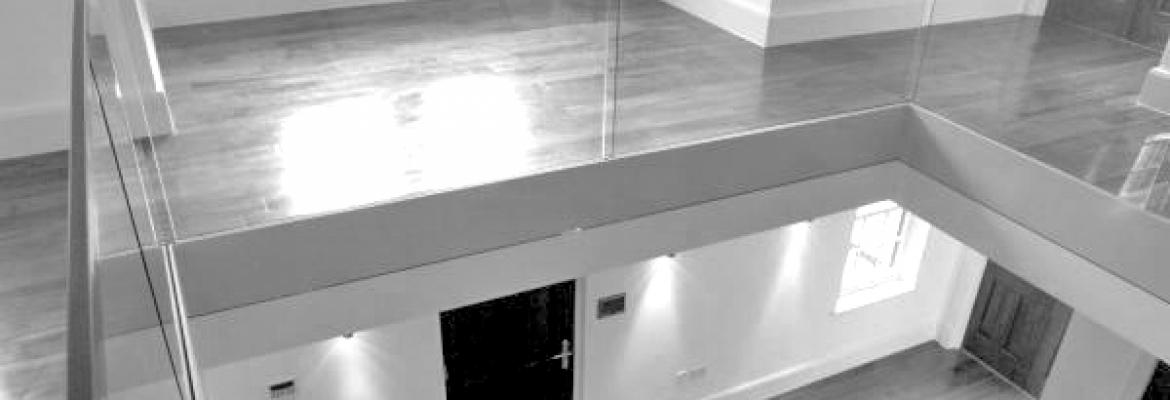
Glass
GLASS
Glass is an amorphous solid material, i.e., does not exhibit crystalline structure. It is translucent or transparent, brittle, rigid and hard. Due to the non-crystallinity, the term "glass" (glass) or "glassy" expanded meaning all amorphous solids. The transparency relates to visible light because ordinary glass is opaque to ultraviolet radiation. As the material is chemically and biologically inert, fully recyclable, and therefore, particularly suitable for use in manufacturing food and beverage packaging.
The glass was prepared by fusion of quartz sand, which is the main component of the (former), one or more fluxes and one (or more stabilizers. If no stabilizer used, the glass becomes brittle and disintegrates in water. The prepared glass joint with quartz sand fusion (SiO2) (73,7%), sodium carbonate (common. Soda, Na2CO3)) (16%), potassium oxide (K2O) (0,5%) (fluxes) and calcium carbonate (common. limestone (CaCO3)) (5,2%) of magnesium carbonate (MgCO3) (3,6%) and aluminum oxide (Al2O3) (1%) (stabilizers). Depending on the type and amount of fluxes and stabilizers taken and the various types of glass.
Glass, since prepared as raw material, can get the desired shape in three ways: either by blowing (blown glass) or with the help of molds or devices that create sheets ("blades") glass.
Physical properties of the glass
Solid high hardness (7 on a scale Mohs).
Non-crystalline amorphous structure.
Fragile. The fragments are oxylikta.
Transparent for the spectrum of visible light.
Dysthermagogo and insulating material.
Inert chemically and biologically.
APPLICATIONS GLASS
Decoration - Beauty
VITRO
FUSING
MIRRORS
SHOWERS
FOLDING DOORS
PARTITIONS
COLORED GLASS
PRINTED GLASS
Soundproofing
One of the biggest problems of modern cities is ychorypansi. Choosing the right pane can achieve soundproofing to the point that a child sleeping next to a plane with plirx power on.
Security
• GLASS triplex - LAMINATED
• GLASS SECURIT - TEMPERED
• Bulletproof GLASS
Safety glass protects against:
1. disasters
2. malicious actions
3. accidental breakage
4. accidents
Thermal-Energy
ENERGY GLASS
Energy glass has the ability to save energy, ie. Heating cost reduction in winter (oil, natural gas) and cooling cost reduction in summer (electricity).
Choosing the right pane energy gineai under the climatic conditions of the place and location of the building.
Fire safety
The fire protection glazing in buildings offer protection of human life, limiting the extent of damage to existing / property, protection of building construction and securing escape routes and access to firefighting teams, ensuring the unique ability of transparency.
